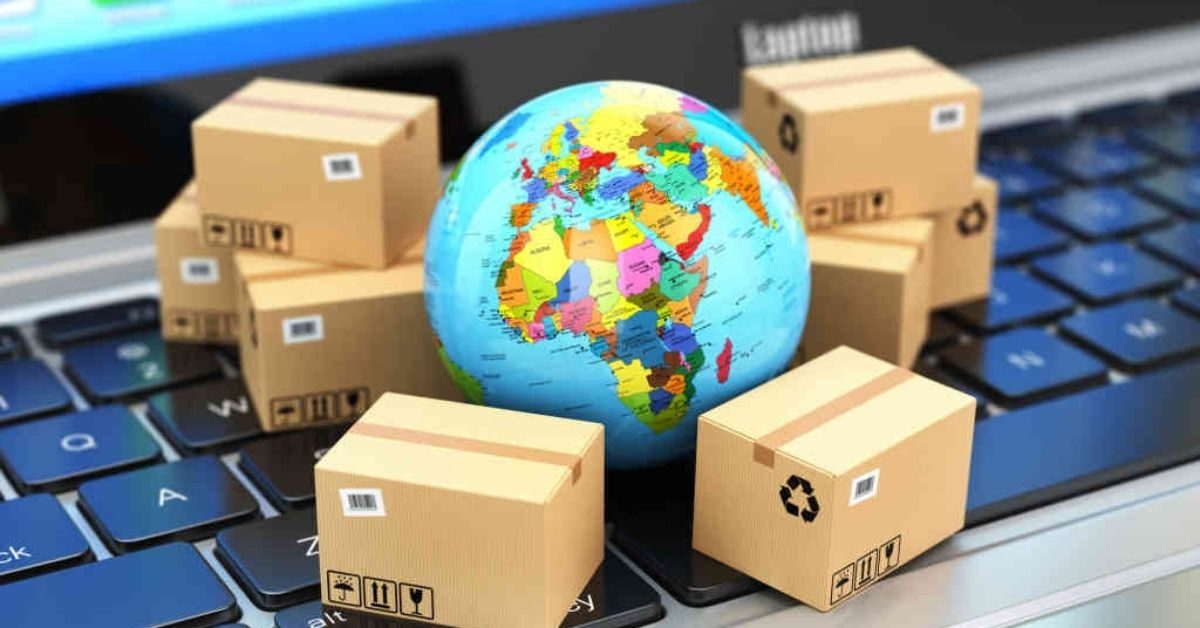They have been every year since at least 2016, according to e-commerce company Pitney Bowes. To date that loss has largely gone to Amazon as the ecommerce giant steadily moves delivery in-house.
But a slew of new players, juiced by millions in venture capital funding, is entering the package logistics fight to see if they can’t can’t change a decades-old power dynamic.
It’s more than just 32% e-commerce growth in 2020 that’s driving new players into the space. FedEx and UPS have spent the last year or two taking a hard look at their own businesses. The resulting changes are upsetting the status quo.
UPS CEO Carol Tomé’s “better, not bigger” strategy has led the company to leave some customers behind if their business wasn’t profitable enough. FedEx too, cut capacity for some customers last year. FedEx says it’s in growth mode now, but its lagging on-time performance is yet another reason any company with packages to ship needs alternatives.
Apart from the USPS, nobody matches the national reach of UPS and FedEx. Existing alternatives are largely regional players. So e-commerce logistics startups, many with Amazon alumni at the head, are looking at the problem in a different way.
Instead of creating national networks of facilities, trucks, and drivers, they’re using technology to stitch together the smaller logistics operations already in play. Some are making tools and launching services so retailers can more seamlessly use this patchwork of smaller carriers as a national solution. Some are reorganizing the vast number of crews of workers and fleets of vans that contract out delivery services to the traditional players in a new way.
All are looking to offer flexibility and speed while attempting to build what e-commerce has yet to prove it can deliver for almost anyone: profit. Meet the new players in package delivery in these stories.
Source : Business Insider







